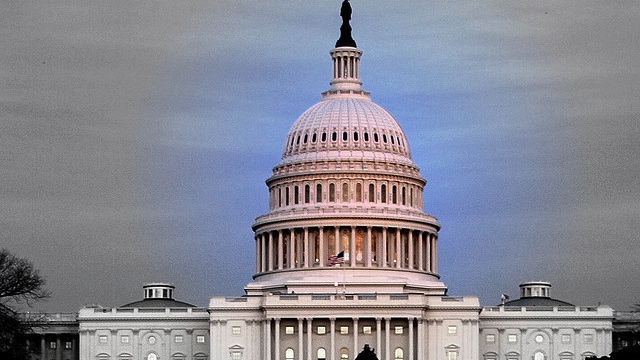Some schools and organizations have stepped in to expand civics and history course offerings to engage modern learners. Programs like We the People’s Education for Democracy Podcasts feature fascinating talks from experts on historical moments and concepts, like Indiana University’s John J. Patrick delving into Lincoln’s legacy, his presidency, and the country’s circumstances during the Civil War.
MIXING IN SOCIAL MEDIA
In the digital age, civic engagement now includes video games and social networking. Educators can choose from a variety of online civics games like Commons Digital Towns Square and iCivics, an online education platform founded and led by Justice Sandra Day O’Connor.
[RELATED: Video Games That Bring Civics to Life]
Tom Tresser, founder of Chicago’s CivicLab, said he teaches a Civics 101 course to the students at ICStars, a nonprofit that teaches low-income high school graduates both business and coding skills to help begin tech careers. In this year’s class, students studied the Arab Spring and how it was shaped by Facebook and Twitter. “I wanted to give them a grounding in community organizing, how to use technology to lead social change, and how to use tech for community improvements.”
Some schools have even elevated teaching civics to part of their core mission. The UNO Charter Schools, also in Chicago, state that “public schools should serve as the main platform for transitioning Hispanic families into successful and civic-minded Americans.” And Harlem’s Democracy Prep calls their students ‘citizen-scholars’: “We believe that all public schools should place an explicit focus on preparing scholars to become active citizens and leaders in our democracy.”
While beefing up civics and history courses is important to creating engaged citizens, says Sam Chaltain, author of American Schools: The Art of Creating a Democratic Learning Community, students need more: They need practice using the very characteristics that create an informed, engaged, free-thinking citizen. Chaltain’s idea is that making school environments more democratic will show students how democracy actually works.
“What I tell my colleagues who are in civics education is that they do themselves a disservice speaking of civics education as a program or as a component or as a course. Actually, what we’re talking about is trying to identify the best possible operating system for high-functioning learning,” he said. And that optimal learning environment is not regimented and dictatorial. “Research overwhelmingly says the best learning environments are ones in which people have a sense of choice and voice.” Just like democracy.
Chaltain’s work on the recent documentary “A Year at Mission Hill,” highlights a Boston elementary school that has tried to create a true democratic environment. “What we are facing in America and around the world today is not a crisis in education, but a crisis in faith and respect for democracy," Mission Hill founder Deborah Meier says in the film, "which rests on having respect for the judgements of ordinary people.”
The film, broken into 10 chapters, follows the children through their democratic learning process. It can appear messy and disorganized, but each child feels involved in the process of learning and making the school work. Fourth- and fifth-grade teacher James McGovern says at the film’s conclusion, “It’s not just about the result. It’s about the process, showing respect for each other’s opinions, debating skillfully, trying to be persuasive, trying to listen to each other.”


